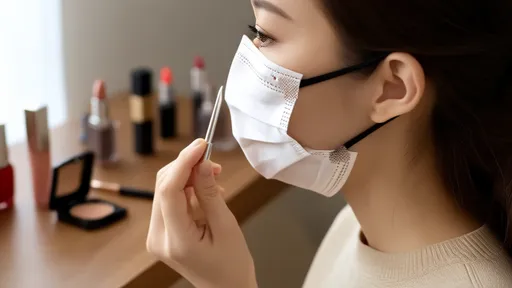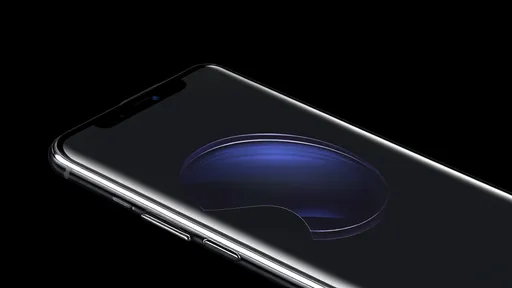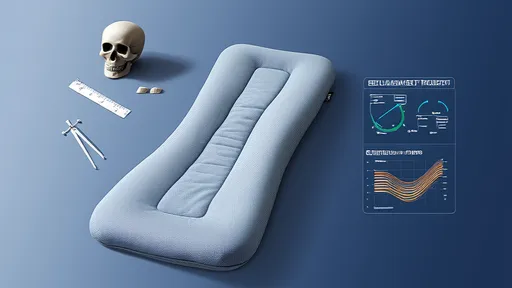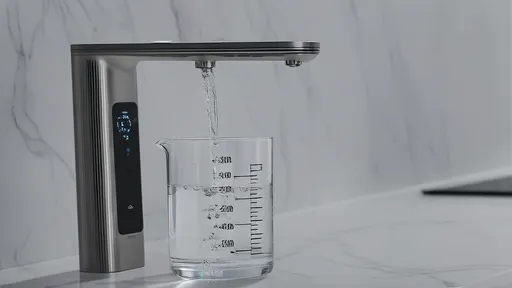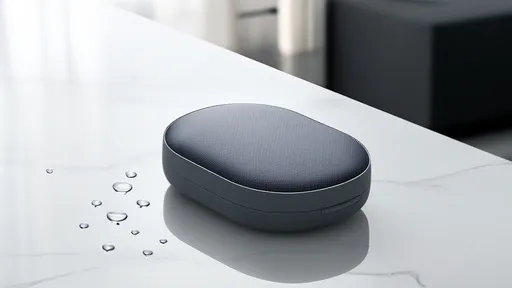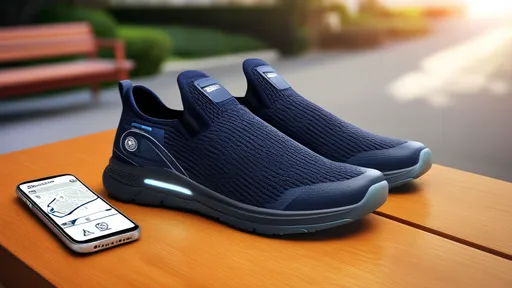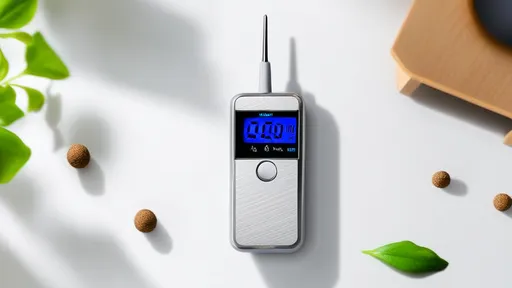In recent years, formaldehyde detectors have become essential household items for health-conscious families. However, the market is flooded with products of varying quality, making it challenging for consumers to distinguish between reliable devices and potential scams. Understanding where these detectors commonly fail can save buyers from wasting money on ineffective tools and protect their families from inaccurate readings.
The accuracy of formaldehyde detectors remains a significant concern for many users. While manufacturers claim their devices provide precise measurements, independent tests often reveal discrepancies. Some detectors show inconsistent readings when placed in the same environment, while others fail to detect formaldehyde at low concentrations. This inconsistency stems from the use of low-quality sensors that cannot maintain stability over time. Consumers should be wary of products that promise laboratory-grade accuracy at suspiciously low prices.
Another critical issue lies in the calibration process. Properly calibrated detectors should provide reliable data, but many budget devices skip this crucial step or use automated calibration methods that don’t account for environmental variables. Without proper calibration, even high-quality sensors can produce misleading results. Some detectors also lack the ability to adjust for temperature and humidity changes, further compromising their accuracy in real-world conditions.
Battery life and power consumption are frequently overlooked aspects when purchasing a formaldehyde detector. Many users report that their devices drain power quickly, requiring constant recharging or battery replacements. This not only increases long-term costs but also means the detector may shut off unexpectedly, leaving homes unprotected. Wireless models with poor energy management are particularly prone to this issue, making them unreliable for continuous monitoring.
Interference from other household chemicals presents another challenge. Some detectors react to volatile organic compounds (VOCs) beyond just formaldehyde, leading to false positives. This cross-sensitivity can cause unnecessary panic or, worse, complacency if the device fails to distinguish between harmless VOCs and dangerous formaldehyde levels. Consumers should research whether a detector uses selective sensors that minimize interference from other substances commonly found in homes.
The lifespan of formaldehyde detectors varies widely across brands. While some maintain functionality for years, others degrade rapidly, with sensors losing sensitivity within months. This degradation often goes unnoticed until the device fails to detect hazardous levels of formaldehyde. Manufacturers rarely disclose expected sensor lifespans, leaving consumers in the dark about when to replace their units. Investing in detectors with replaceable sensor modules can be more cost-effective in the long run.
User interface design plays a crucial role in a detector's effectiveness. Complicated menus, unclear indicators, or poorly designed mobile apps can prevent users from interpreting data correctly. Some devices lack visual or audible alerts for dangerous levels, while others overwhelm users with constant notifications for minor fluctuations. A well-designed detector should provide clear, actionable information without requiring technical expertise to understand.
Placement recommendations represent another area where detectors often fall short. Many manufacturers provide vague guidance about where to position their devices for optimal performance. Formaldehyde concentrations can vary significantly within a single room, making placement crucial for accurate detection. Detectors placed too close to windows, ventilation systems, or furniture may provide misleading readings. Consumers should look for brands that offer specific, research-backed placement instructions rather than generic suggestions.
The lack of standardized testing protocols for formaldehyde detectors allows manufacturers to make exaggerated claims about their products' performance. Without industry-wide benchmarks, companies can cherry-pick testing conditions that make their devices appear more accurate than they actually are. This makes it difficult for consumers to compare products objectively. Third-party verification from reputable laboratories can help identify detectors that meet higher standards of reliability.
Software updates and long-term support are critical yet often neglected features. As detection technology improves, outdated detectors may become obsolete. Some manufacturers abandon support for their products shortly after release, leaving users with devices that can't benefit from improved algorithms or new safety features. Choosing detectors from companies with a track record of providing firmware updates ensures the device remains useful for years rather than months.
Price does not always correlate with quality in the formaldehyde detector market. Some expensive models perform no better than their budget counterparts, while certain affordable options deliver surprisingly accurate results. Consumers should focus on verified performance metrics rather than assuming higher prices guarantee better protection. Reading independent reviews and comparing multiple testing reports can help identify the best value detectors.
Finally, the psychological impact of formaldehyde detectors deserves consideration. Poorly designed devices that frequently show fluctuating readings or false alarms can create unnecessary stress. Conversely, detectors that consistently show low readings might provide false reassurance in actually hazardous environments. The best detectors strike a balance between sensitivity and stability, providing reliable information without causing undue alarm or complacency.
As awareness of indoor air quality grows, the demand for accurate formaldehyde detectors will continue to increase. Consumers who understand these common pitfalls can make informed decisions when selecting monitoring devices for their homes. By focusing on sensor quality, calibration processes, interference resistance, and long-term reliability, buyers can avoid wasting money on ineffective products and truly protect their families' health.
The hum of idling engines, the faint scent of exhaust, and the endless sea of brake lights stretching toward the horizon—highway traffic jams are an inevitable reality for millions of drivers. While being stuck in gridlock is frustrating, it also presents an unexpected opportunity: a chance to stretch, move, and counteract the stiffness that comes from prolonged sitting. For those who find themselves trapped in slow-moving or stationary traffic, a few simple stretches can make the wait far more bearable—and even beneficial for the body.
In the ever-expanding world of health supplements, choosing the right formulation can be as crucial as selecting the active ingredients themselves. The physical form of a supplement – whether it’s a capsule, tablet, liquid, or powder – influences not just how we take it, but how effectively our bodies absorb and utilize its nutrients. For consumers navigating this landscape, understanding these nuances can mean the difference between a product that works and one that merely sits on the shelf.
When it comes to achieving accurate weight measurements, the importance of placing your scale on a level surface cannot be overstated. Many users overlook this critical aspect, assuming that any flat area will suffice. However, even minor imbalances can lead to significant discrepancies in readings. Whether you’re using a digital or mechanical scale, ensuring proper ground alignment is essential for consistency and reliability.
The humble nose wire in face masks often goes unnoticed, yet it plays a pivotal role in achieving that perfect fit. While most consumers focus on filtration efficiency or breathability, the subtle art of nose bridge shaping remains an underappreciated aspect of mask-wearing. Mastering this technique can transform an ordinary mask into a customized protective barrier that seals tightly without causing discomfort.
The growing reliance on digital screens has led to an increased demand for products that claim to protect our eyes from harmful blue light. Among these, blue light screen protectors have gained significant popularity. These thin films, applied directly to the screens of smartphones, tablets, and computers, promise to filter out the high-energy blue light emitted by displays. But how effective are they really? A series of tests were conducted to evaluate their performance, and the results provide valuable insights for consumers.
The quest for the perfect night's sleep has led to numerous innovations in bedding technology, with memory foam pillows standing out as one of the most revolutionary. Unlike traditional pillows, memory foam adapts to the contours of the head and neck, providing customized support. However, not all memory foam pillows are created equal, and selecting the right height is crucial for optimal comfort and spinal alignment. The concept of a height adaptation formula for memory pillows has gained traction among sleep experts, offering a scientific approach to personalized sleep solutions.
The water purification industry has grown exponentially in recent years, driven by increasing awareness of water quality and health concerns. Among the various factors consumers consider when purchasing a water purifier, the flow rate—or the speed at which clean water is delivered—plays a crucial role. Unlike technical specifications such as filtration accuracy or contaminant removal rates, the flow rate directly impacts daily usability. A slow flow rate can frustrate users, while an excessively fast one might raise doubts about filtration effectiveness. Striking the right balance is essential for both manufacturers and consumers.
The running shoe industry has quietly undergone a quiet revolution in recent years, with manufacturers introducing innovative wear indicators that go far beyond the traditional "check the soles" advice. These new systems are transforming how runners monitor their footwear, potentially preventing injuries and extending the life of their gear. What began as simple tread patterns has evolved into sophisticated visual and tactile warning systems that communicate exactly when shoes need replacement.
The process of verifying organic certification codes through official websites has become increasingly important for consumers seeking authentic organic products. With growing concerns about food authenticity and labeling accuracy, understanding how to navigate these verification systems provides peace of mind and ensures purchasing decisions align with personal values.
When it comes to maintaining a healthy lifestyle, vitamins and supplements play a crucial role. However, many people overlook an important aspect of their efficacy: their shelf life after opening. Unlike unopened bottles, which have a clear expiration date, once a vitamin container is opened, its potency and safety can degrade faster than expected. Understanding how to calculate the post-opening shelf life of vitamins is essential for ensuring you reap their full benefits.
The science behind sun protection has evolved significantly over the years, and one of the most critical advancements has been the development of UPF (Ultraviolet Protection Factor) testing for sun-protective fabrics, including umbrellas. Unlike sunscreen, which is measured by SPF, UPF evaluates how effectively a fabric blocks ultraviolet radiation. For those who rely on sun umbrellas as their primary defense against harmful UV rays, understanding UPF testing methods is essential.
The healthcare technology sector has witnessed remarkable advancements in recent years, with smart pillboxes emerging as a crucial tool for medication management. Among the various features that enhance their functionality, waterproofing stands out as a critical aspect that ensures durability and reliability. Manufacturers are increasingly focusing on innovative waterproofing techniques to address the challenges posed by accidental spills, humidity, and even complete submersion in water.
For families caring for elderly loved ones with dementia or mobility challenges, GPS-enabled shoes have emerged as a game-changing safety solution. These innovative footwear options blend discreet tracking technology with everyday comfort, offering peace of mind without compromising dignity. As the silver tsunami reshapes demographics globally, such assistive technologies are transitioning from luxury to necessity in elder care.
In recent years, formaldehyde detectors have become essential household items for health-conscious families. However, the market is flooded with products of varying quality, making it challenging for consumers to distinguish between reliable devices and potential scams. Understanding where these detectors commonly fail can save buyers from wasting money on ineffective tools and protect their families from inaccurate readings.
For health-conscious individuals, tracking body composition has become an essential part of daily routines. Among the various tools available, smart body fat scales have gained significant popularity due to their convenience and ability to provide detailed metrics beyond just weight. However, to obtain the most accurate readings, understanding the optimal conditions for measurement is crucial—particularly when it comes to timing and preparation.



